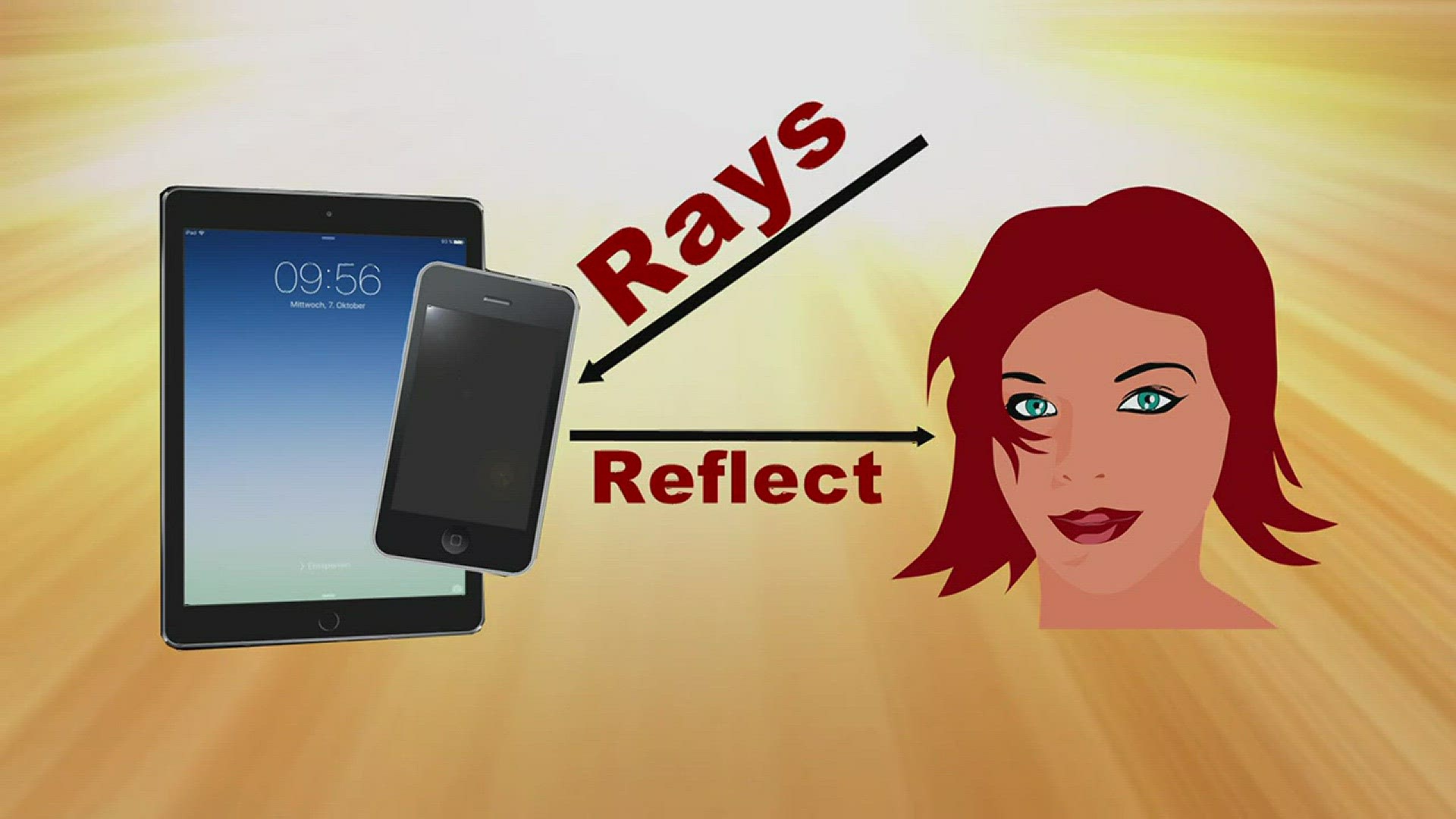Ever wonder why you slather on the sunscreen and still get a sunburn? Turns out, there are several ways you could still feel the burn, even with the protection.
Here’s eight ways you can still get a sunburn even with sunscreen.
1.You’re Sunscreen is expired.
Sunscreen, like most everything else, have expiration dates. The Skin Cancer Foundation said a sunscreen lasts three years in a normal, cool environment. But, if you keep your tube in the car or leave it exposed to sunlight for prolonged periods of time, it becomes less potent. So, make sure to check if it has changed color, consistency or has a weird smell before you apply.
2.You’re spending a lot of time on your cell phone or tablet.
In 2015, researchers with the University of New Mexico published a study on mobile devices and UV rays. A mannequin head was placed outside wearing a UV meter across from a stand. Researchers then placed various iPad models, an iPhone 5, Kindle E-Reader and two MacBook laptops across from the head. The results? The iPad and MacBook increased UV exposure by 85 and 75 percent, respectively. The iPhone increased exposure by 36 percent. So, it’s suggested to wear sunglasses, sunscreen and limit time on the phone while outside for long periods of time.
3.You’re enjoying an alcoholic beverage
Harvard Medical School released a 2006 study, on UV exposure and alcohol. People who had five or more alcoholic beverages, were 22 percent more likely to get a sunburn. In all, 300,000 people were sampled for the study, which showed 18 percent of all sunburns are related to alcohol use. Even people who had one or two drinks were prone to sunburns. Why? The more drinks, the less likely people were to reapply sunscreen and the more likely they were to stay in the sun longer.
4.You’re comfortable.
80 degrees and 4pm? Perfect weather, right? No need for sunscreen, right? Wrong. Clouds, cool temperatures and late afternoon hours can be deceiving. UVB rays (the ones that cause sunburns) peak between 10AM and 2PM, but UVA rays (the ones responsible for skin cancer) are constant all day long and clouds blocks around 20 percent of UV rays.
5.You’re on antibiotics.
Dr. Mona Gohara, a medical content reviewer for the Skin Cancer Foundation and Chief Resident of Dermatology at Yale School of Medicine, said antibiotics increase sensitivity to UV exposure, causing skin to burn quicker. Even after stopping the medication, the sensitivity won’t stop until the medicine is out of your system, which sometimes can take up to a month. It’s recommended to ask your doctor if a medicine puts you at increased risk for sunburn and for how long.
6.You’re sun sensitive because of an autoimmune disease.
Lupus, Rheumatoid arthritis and Crohn’s disease can leave skin sun sensitive. Sunburns and skin cancer are more likely for those with autoimmune disease, so it’s recommended to take precautions in the sun.
7.You’re exfoliating.
Using salt and sugar scrubs might be a great way to get the skin smooth, soft and glowing, but remember, you’re removing a layer of skin. And, that leaves your skin even more vulnerable to UV rays. So again, if you’re exfoliating, sunscreen, sunscreen, sunscreen (and maybe even some shade occasionally.)
8.You’re wearing a t-shirt.
A standard, cotton t-shirt, gives you the equivalent of SPF 7. Yay! At least there’s some protection. But, it’s not enough to keep you from getting a sunburn. So, you’ll still need to, yes, you guessed it, put on sunscreen on exposed areas and under the t-shirt if you plan on being at the beach or pool for a long time.

